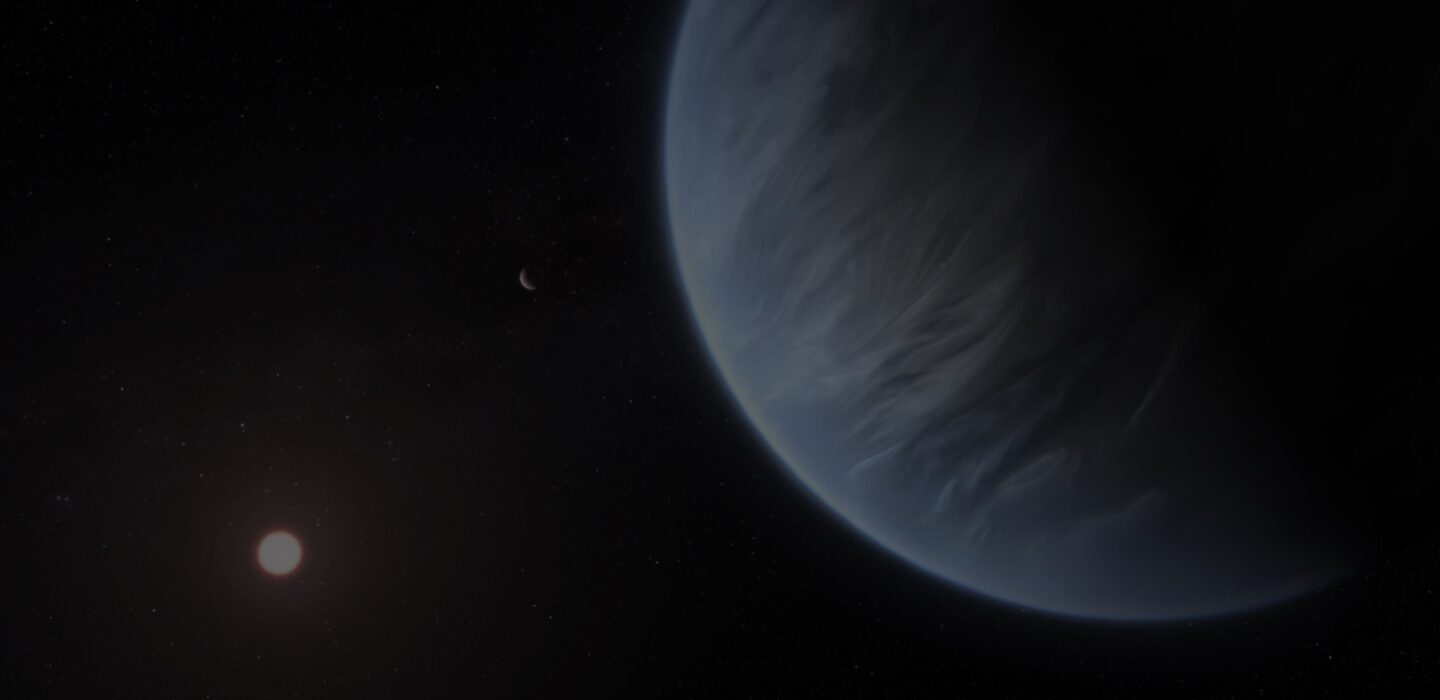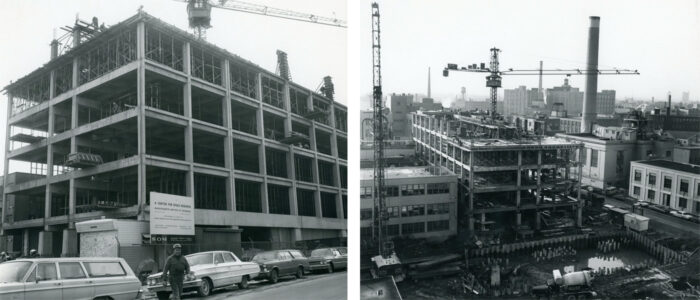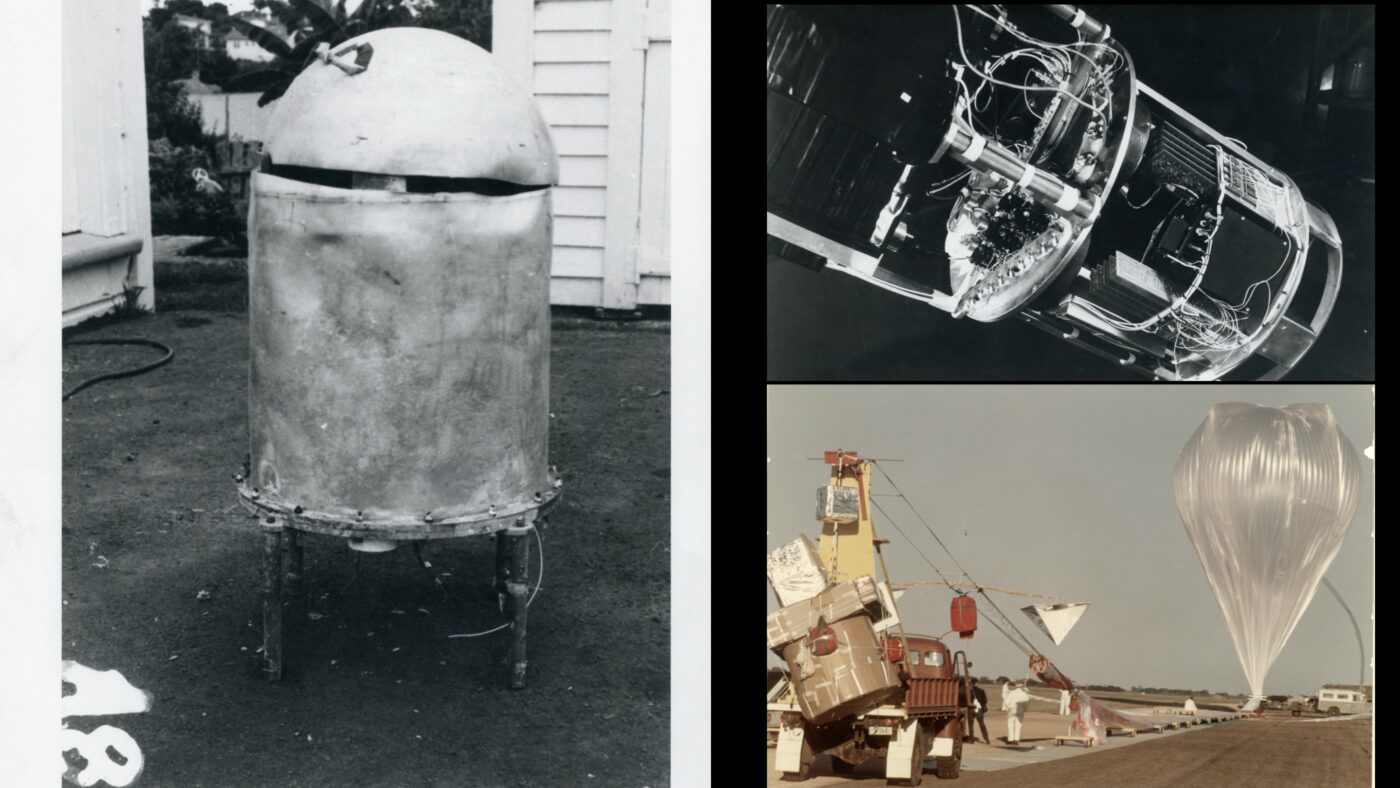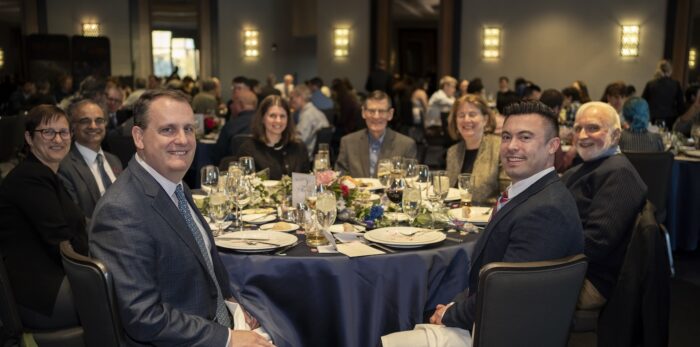History

MIT scientists and engineers began preparations for space research with rockets and satellites soon after the founding of the National Aeronautics and Space Administration (NASA) in 1958.
In 1959, members of the Rossi Cosmic Ray Group at MIT submitted proposals to NASA for exploratory satellite experiments to measure interplanetary plasma and search for high-energy cosmic gamma rays. Studies to support manned space flight were proposed by members of the Aero-Astro Department beginning in 1962. Inertial navigation and guidance were under development in the instrumentation laboratory and experiments in space communications, radio and radar astronomy were underway at Lincoln Laboratory and the Research Laboratory of Electronics. The need to focus space research efforts and to provide more stable support became the subject of conversations between the Administrator of NASA, James Webb, and MIT President Julius Stratton in 1961. These led to a proposal for a Center for Space Research (CSR) submitted to NASA in April 1963. It was accepted, amazingly, only two months later in June 1963. A founder and the first director was Prof. John V. Harrington of the Electrical Engineering and Aero-Astro Departments.

Construction of building 37, ca 1966
1964-1974: First launches, early computation
The early years of the CSR were dominated by a rapid launch sequence of high altitude balloons, sounding rockets and orbital missions; some years saw as many of five or more launches of CRS equipment. In many cases, the experiments on balloons or rockets could be recovered, refurbished or upgraded, and be flow again to perform more observations. For example, a balloon-borne X-ray telescope was launched three times 1966; it free-fell from 40000 ft after the ballon burst on its third flight, and was launched five more times between 1967 and 1969 from both the US and Australia. It was temporarily lost after splashing down after the eighth flight until it was washed ashore on a beach in New Zealand nine months later. Some of the film on board could still be recovered and analyzed. CSR contributed equipment to several bigger space missions, including Apollo 17, too.
CSR researchers also used the best available tools on the ground, e.g. by performing (for the time) modern computer simulations of colliding galaxies. An example is the hugely influential paper by Toomre & Toomre (1972) that is still cited about 100 times per year today.

High-altitude balloon experiment from CSR. Left: Packaged instrument, Right top: Instrument close-up, Right bottom: Instrument is attached to a high-altitude balloon, which is prepared for launch.
1974-1984: Major missions and X-ray timing
Several major space missions were launched in this decade by the CSR or with important CRS contributions. Best known are probably Voyager I and II, that continue to operate today and have left the solar system into interstellar space. Others include pathfinding high-energy missions like SAS-3 and the Einstein observatory, which discovered many X-ray bursting systems. A team at CSR lead by Clark, Canizares, and Schattenburg built the Bragg crystal spectrometer for Einstein and the foundation for high-resolution X-ray spectroscopy; that group continued to develop instruments for spectroscopy and later contributed one of the spectrometers for Chandra.
Beyond instruments, there was a strong interest in the new research field of X-ray transients. CSR scientists worked on explaining all the new phenomena discovered with the new instruments, e.g. developing theories for magnetic breaking breaking and X-ray pulsars. This research was supported by CSR’s first own optical telescope, dedicated to localize the X-ray sources discovered by the SAS-3 space mission.
1984-1994: The cadence of launches slows down
One of the defining moments for space flight in this decade was the accident that lead to the loss of the Space Shuttle Challenger in January 1986. On board was the MIT PhD graduate and scientist astronaut Ronald McNair who died in the accident. In a December 1986 Building 37 was named after him.
In general, the number of space missions declined in this decade, but CSR contributed to the hugely successful Magellan mission, which mapped the surface of Venus. New technologies were pioneered to gain new scientific insights, for example, CCD development allowed very fast data collection so that a team from MIT’s Earth, Atmospheric and Planetary Science Department and the Physics Department could measure the thickness of the atmosphere of Pluto as it passed in front of a distant star. On the ground, the radio astronomy group at the Haystack observatory, which, like many of the early researchers at the CSR, originally grew out of technology developments during World War II, observed the first “Einstein ring” - light from the very distant universe that is distorted by the gravitation of another massive object in the foreground.

Maat Mons on Venus based on the data from the MIT built radar on the Magellan mission. This image is computer generated from radar data. Height is increased 10 times to make the volcano and the ancient lava flows surrounding it more visible. Credit: NASA/JPL
1994-2004: Big observatories
The CSR contributed to several of the major astrophysics observatories in this decade, providing a wide range of contributions from engineers and scientists to many different fields of astrophysics and many different types of instruments. On the ground, the CSR helped to build to the Laser Interferometer Gravitational-Wave Observatory (LIGO), which started construction in 1994 with the goal to detect the gravitational waves from merging black holes; CSR also joined the Magellan consortium (unrelated to the Magellan spacecraft) that operates two 6.5m class telescopes in Chile, giving MIT scientists access to faint and far away objects.
In space, the CSR contributed to three of the major high-energy missions of the decade, RXTE and HETE-2 as well as the Chandra X-ray Observatory, that celebrated its 25th year in flight in 2024 with scientists and engineers at MIT still supporting operations and data analysis.
2004-2014: Kavli Institute
In 2004, the Kavli foundation (https://www.space.mit.edu/about/kavli-foundation/) funded a major endowment and the Center for Space Research (CSR) became the MIT Kavli Institute for Astrophysics and Space Research (MKI).
Compared to the early years of the CSR, the way the federal government funded space missions and research had changed. Missions grew larger and more complex, development timelines lengthened, and funding mechanisms became more formalized and risk-averse. Thus, substantial development and engineering became necessary to even prepare a mission proposal to NASA. The Kavli endowment provides MKI with that flexibility.
In this decade, MKI expanded its research into exoplanets - planets that orbit stars other than our own Sun; maybe life will be found on one of those planets one day. MKI began fundamental research and planning and development for a space mission dedicated to finding those planets: TESS.
Ground-based instruments were built and commissioned for the Magellan telescopes (FIRE) and for a study of the 21 cm line, which is used to measure hydrogen in the universe in galaxies all the way out to the Big Bang.
2014-now
Today, MKI scientists continue to do research on a wide range of astrophysical topics, engineers develop new ways to improve existing technology and build new instruments, and a wide range of MKI staff supports several ongoing missions from small in-house projects to large NASA observatories.

20th Anniversary Gala for MIT Kavli at Royal Sonesta Hotel in Cambridge on April 26, 2024. Front table left: Robert Simcoe (director of MKI), right: Greg Mack (representative of the Kavli Foundation). Photo by Jodi Hilton
Resources
Founding of CSR
Founding of CSR, Technology Review (1963)
Final Report of CSR NASA contract (1970)
McNair Building dedication (1986)
Administrative histories
Overview of CSR program: missions and funding (1977)
Education and Outreach Projects (2000–2011)
Personal histories
Prof. George W. Clark, re Rossi Group and x-ray astronomy (1949–2000+)
The Sari-Clad Tech. Scanning cloud chamber photos, MIT Tech Review (re 1956–59)
Memories of Prof. Bruno Rossi’s Cosmic-Ray Group, Ian Glass (1960s)
Sounding rocket diary of MIT’s first flight, Prof. Hale Bradt (1967)
SAS-3 mission: essays and photos, Thomas Spisak (1979)
Painting inspired by Voyager images of Jupiter, Elizabeth Olbert (1980)
Prof. George W. Clark retirement fete; letters (1996)
RXTE: a personal memoir, Hale Bradt (1974–2012)
Prof. Bruno Rossi, autobiographical moments (book, 2008)
Prof. Stanislaw Olbert, pre-MIT biography, Norma Olbert (book, 2014)